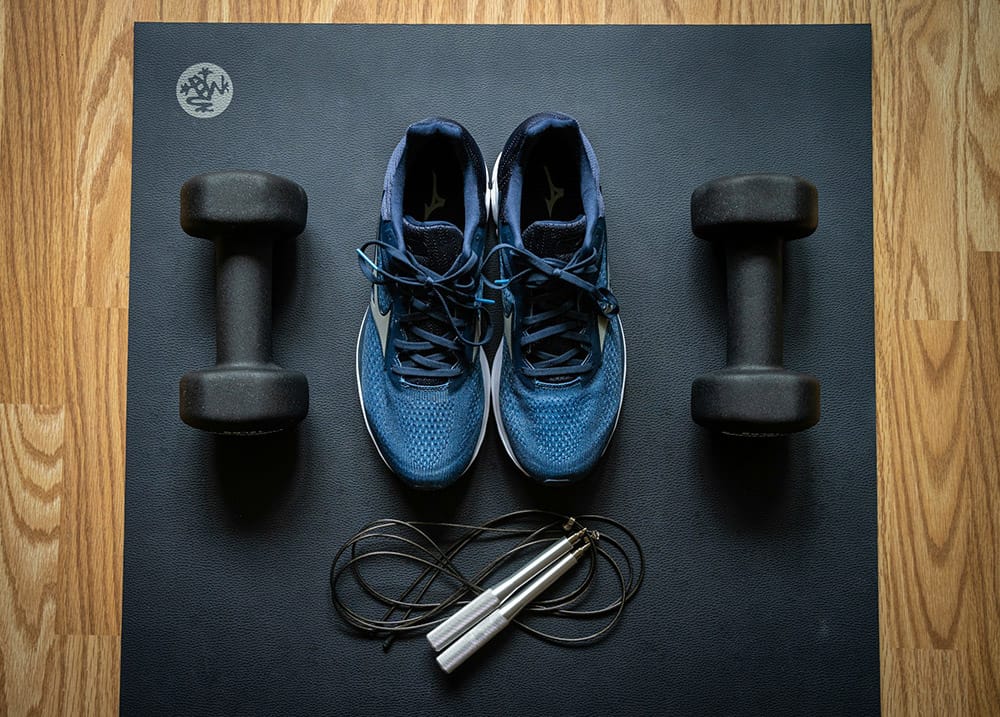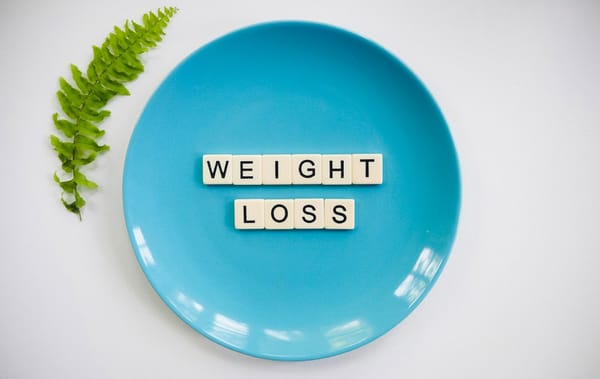Does Your Activity Level Affect TDEE? Find Out Here

Have you ever felt hungrier after spending extra time on active tasks, even without going to the gym? That’s your body signaling that more calories have been burned. Your daily activity level directly impacts your TDEE (Total Daily Energy Expenditure), or how many calories your body burns over a 24-hour period.
The more you move, the more energy you burn. The less you move, the lower your burn. People often underestimate how big this effect really is. Several hundred, or even thousands, of calories daily can depend on your activity level. This variation influences everything from weight control to how quickly you recover after exercise.
Why Activity Matters More Than You Think
Many people think age, height, and metabolism determine their calorie requirements. While those factors matter, daily movement drives most of the variation in TDEE.
Two people with identical body sizes can have very different energy needs. Someone working at a desk all day will need far fewer calories than a manual laborer. Physical movement, such as a run, cycling class, or long walk, can increase calorie burn substantially.
When it comes to TDEE, you control the part related to your activity level. While we can’t change the calories our heart uses to keep beating, we can decide how much we move.
How Different Activity Levels Affect TDEE
- Sedentary days: Your TDEE matches your baseline needs when most of your day is spent sitting. You burn only a small number of calories above the minimum required for basic functions.
- Lightly active days: Walking more, completing household tasks, or doing short workouts increases your TDEE slightly, but even small changes add up.
- Very active days: Longer exercise sessions like running, cycling, swimming, or extended gym workouts raise calorie burn significantly.
Small changes build into noticeable results. Parking farther away, taking the stairs, or going for an after-dinner walk all help. Over time, steady small changes create meaningful shifts in your daily energy needs.
Why Matching Food to Activity Matters
One common mistake is eating the same amount of food every day regardless of activity. Eating too little on active days can leave you drained, while eating the same larger amount on sedentary days can lead to weight gain.
Your body works best when the energy you take in matches the work you do. You don’t need to count every calorie, but paying attention to overall trends is key. This flexible approach helps maintain energy balance, strengthens workouts, and supports faster recovery.
Also Read: Best Foods for Weight Loss: 25 Nutrient-Dense Options Backed by Science
Examples in Daily Life
- Desk job with no workout: When your day is mostly sitting, TDEE stays at its lowest. Smaller portions and lighter meals are usually enough.
- Desk job plus evening workout: An evening workout may burn 300–600 calories. Adding extra carbs and protein supports recovery.
- Active job plus exercise: Nurses, construction workers, and teachers are already on their feet most of the day. Adding workouts on top pushes their calorie needs even higher.
This is why two people of the same size and age can eat different amounts yet maintain a healthy weight.
TDEE for Athletes vs. Sedentary Individuals: How Much Should You Eat?
Signs You’re Underfueling or Overfueling
Underfueling signs:
- Constant tiredness
- Difficulty completing workouts
- Lingering soreness and slow recovery
- Irritability and poor focus
Overfueling signs:
- Unwanted weight gain and discomfort
- Feeling sluggish after meals
- Low energy despite eating enough, often due to poor nutrient balance
If you notice these patterns, check whether your food intake matches your activity level.
Practical Tips for Balancing Activity and TDEE
- Pay attention to hunger: It’s normal to feel hungrier on active days.
- Add carbs and protein after exercise: Larger portions help with recovery.
- Keep healthy snacks handy: Fruit, nuts, and yogurt are great for busy, active days.
- Don’t overcompensate: Burning 400 calories doesn’t mean doubling your meals, add just enough to refuel.
- Stay consistent: Small adjustments over time work better than chasing perfection.
Also Read: How Many Steps a Day Is Considered Active?
Simple Ways to Add More Movement Every Day
You can raise your TDEE without structured workouts. Daily habits make a big difference:
- Take the stairs instead of the elevator.
- Go for a walk during lunch breaks or after dinner.
- Stand up and stretch every hour if you work at a desk.
- Do active chores like vacuuming, gardening, or carrying groceries.
- Play outside with kids or pets to get exercise while having fun.
These small choices may not feel significant at first, but over time they add up, helping you burn more energy, improve fitness, and feel less sluggish.
The Bottom Line
Your physical activity directly affects your TDEE. Move more, and your body burns more; move less, and it burns less. The difference can be several hundred calories per day, which impacts your energy levels, weight, and performance.
You don’t need to obsess over numbers. Instead, notice your activity level, listen to your body, and adjust your food intake accordingly. On busy days, eat bigger portions and balanced meals. On slower days, scale back slightly. By staying flexible and moving more in small ways, you’ll boost energy, recover better, and reach your health goals with less stress.



